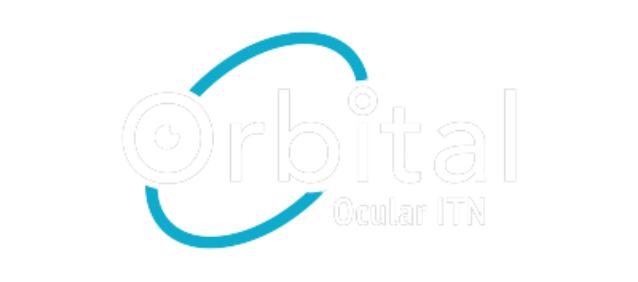Our Early Stage Researchers all have unique experiences that have led them to join the ORBITAL Project. Below, Felipe discusses what brought him to this consortium, and how he has already started developing his research despite unprecedented circumstances while in Italy.
“I will always remember that scientific summer camp at the University of Santiago de Compostela. A fascinated 15-year-old me was discovering a topic that by that time felt almost from a sci-fi movie: “Intelligent Hydrogels”. After that great week it was clear: I would become a pharmacist.
I always dreamt about studying abroad, therefore I soon took the opportunity the EU was offering and embarked in an Erasmus+mobility at the Ludwig-Maximilians-Universität München (DE), having a life changing experience where I made great friends from all around Europe. Pharmaceutical Technology soon became my favourite subject and I enrolled at their department for my master thesis, working on electrospun nanofibers and their applications in drug delivery and regenerative medicine scaffolding under the supervisi on of Dr. Carmen Álvarez-Lorenzo.
on of Dr. Carmen Álvarez-Lorenzo.
But one Erasmus+ experience hadn’t been just enough, so I applied for a traineeship at the Université de Lille(FR) and I kept working with nanofibers, discovered a great research team and started to fantasize with the idea of a doctoral degree. When I saw the ORBITAL Programme, I instantly loved the idea:“PhD programme +International placement+Targeted drug delivery? That is a yes for me!” I thought.
After a long summer sunbathing on a sea of conundrums, I quickly found myself in the middle of a whole new city: Turin. But there would also be Parma, Waterford, Madrid… “It has become real: I am an ESR!!” I kept thinking. After only two weeks I was really getting along with Italy thanks to the pizza, the pasta, the arancini and a long etcetera. November arrived with new roommates, new Italian vocabulary and the first part of my adventure: Nanovector. Soon terms like SLN, NLC, nanoemulsions, microemulsions, nanoemulsions became my daily before-sleep reads. Since then, Dr. Ana González-Paredes and Paolo Gasco have offered me a wide formation on laboratory techniques regarding nanoformulation production, analysis and general daily work in a private company. Once you start realizing how versatile these systems are,it gets difficult to decide which direction to take in your research.
But since the possibilities are so wide how can we quickly screen which are the formulations that actually are worth a try when it comes to access the retina? Luckily, I am also enrolled at the University of Parma under Dr. Silvia Pescina’s supervision. Here we will develop an ex vivo model, based on an undervalued by-product of famous prosciutto di Parma production: porcine eyes. Their superior anatomical resemblance to human eyes can give us valuable information that we can use to reduce candidate formulations for further animal in vivo testing. During this time I also had the opportunity to participate in different symposiums with great talks from referents in drug delivery from around the globe, already faced my first official presentation of the project to my colleagues at the university and I can’t wait to see what will be next on my ESR adventure, even if there seems to be a little virus enjoying Italy as much as I do.”

